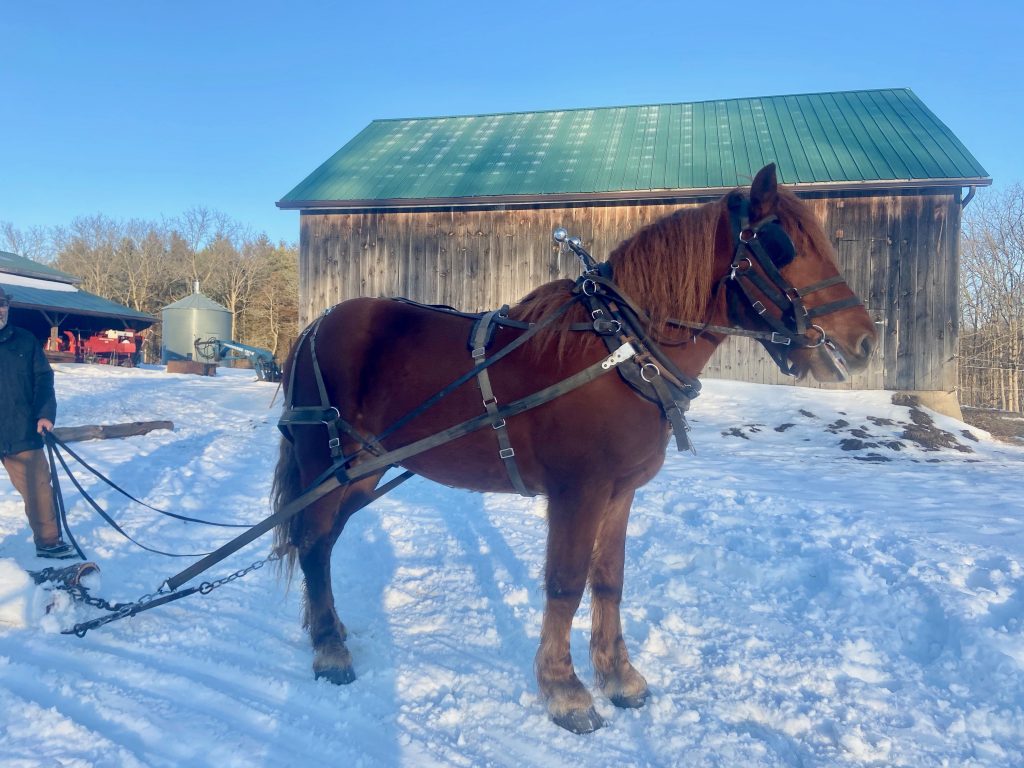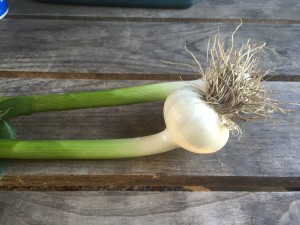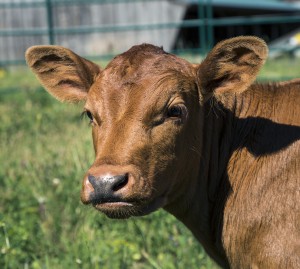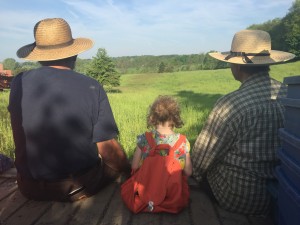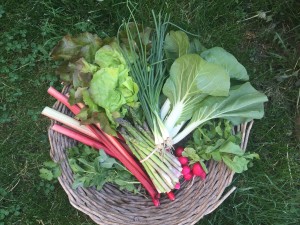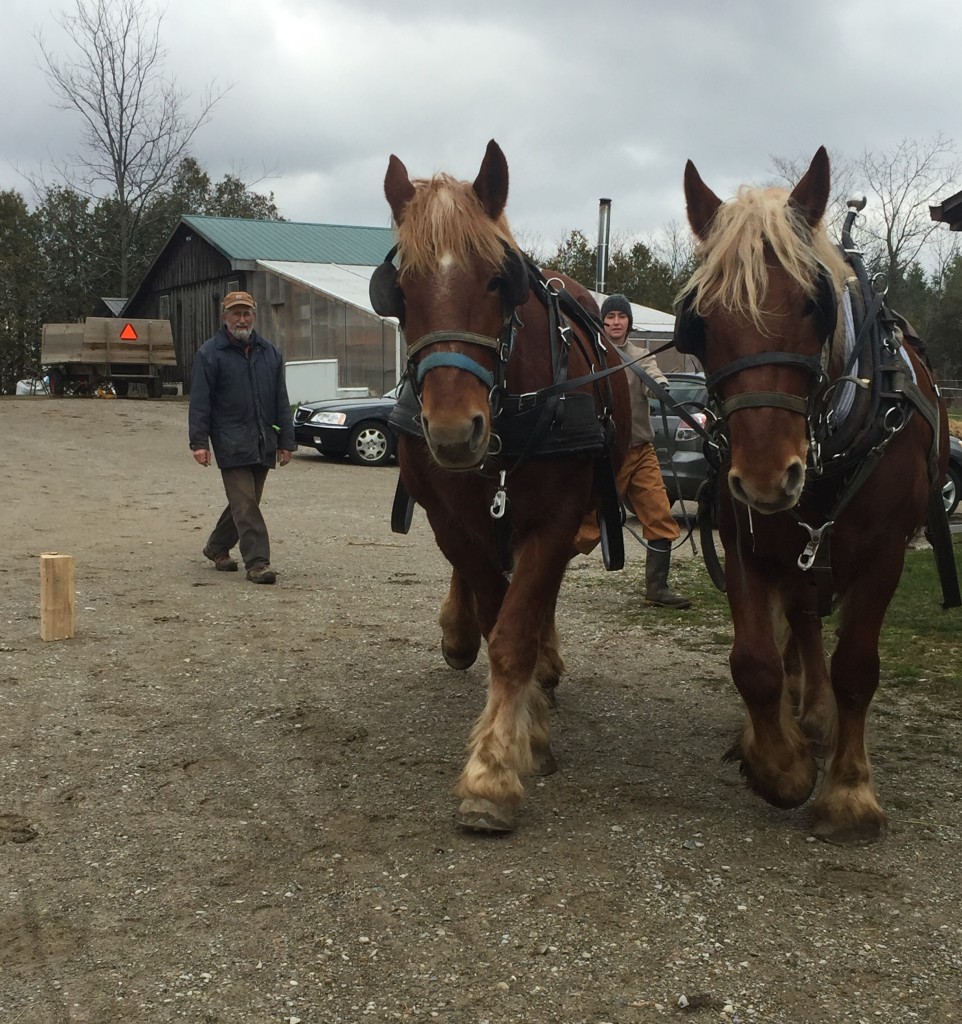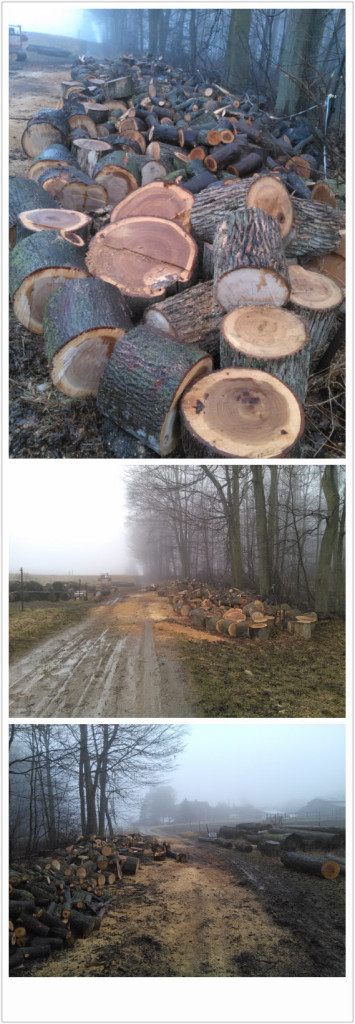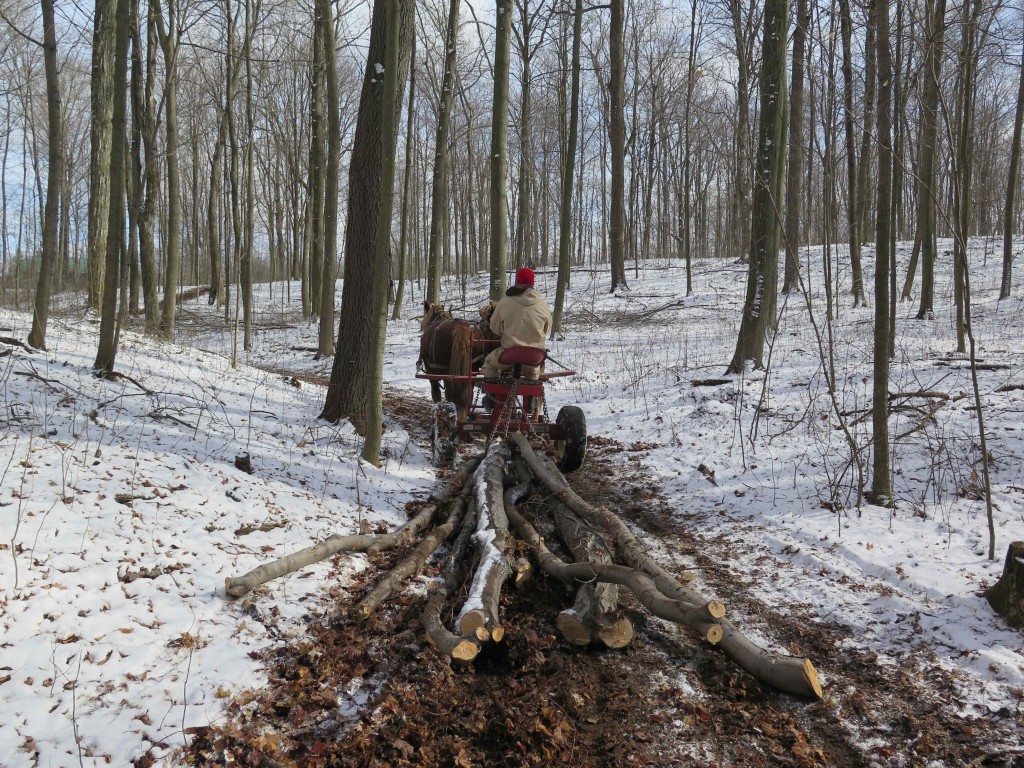 The Spring Fair was wonderful! Thanks all who came out. Here is a little something about fermentation and a few recipes to go with the demonstration today.
The Spring Fair was wonderful! Thanks all who came out. Here is a little something about fermentation and a few recipes to go with the demonstration today.
I lived on the West Coast for over a decade, so of course I’ve heard of the benefits of naturally fermented vegetables – it’s like a right of passage – you have your first European style cappuccino, and then a tempeh reuben with sauerkraut that was made in the sandwich guy’s basement. And I always thought that I should be fermenting vegetables, but aside from a few batches of pickles, and some fermenting at the restaurant I worked at, I didn’t do much at home. Until now! Now I’m at the farm, surrounded by all these vegetables…and it seems like every other week there’s another study out, linking our gut health with a healthy immune system, mental health or digestive prowess. Fermenting increases the availability of vitamins and aids in digestion. There’s a reason that almost every culture on the planet has some version of fermented food as a traditional food staple – think yogurt, sauerkraut, kimchee, kefir, miso…
I won’t go into much more detail – y’all can look it up on your own, or you’re like me and you already know that you should be eating more fermented foods, but they’re too expensive or they seem too daunting. But it’s so easy and fun. I love pickles, but the standard pickles are just vinegar and salt and cooked vegetables and they’re doing nothing for you. So I’ve got a recipe here for Garlicky Dill Carrots that are crunchy, salty and perfect with a sandwich. But I also think it’s really convenient to have something in the fridge that’s a little bit like a pickle and a little bit like a salad. I’ve been known to throw together the Curried Kraut with some celery, leafy greens and some tuna…et voila – hippy Nicoise! Enjoy. And bring me some of your fermented creations to try – that’s the thing, once you make a good one, you’re hooked and you can’t wait to share them.
Fermentation ‘Recipe’
I always thought that it was annoying that all these fermentation people didn’t just have a good recipe – it was always so loose-y goose-y it seemed like a joke. And now here I am, trying to write a recipe – but the thing is that it’s hard because there are sooo many things you can do, as long as you work within the basic rules. Don’t worry – there are recipes below!
The basic premise with lacto-fermentation is that you’re creating the perfect environment for only the bacteria that you’re interested in – not the mold, not the nasties, just the lactobacilli (that’s why it’s called lacto-fermentation, nothing to do with milk, just the particular family of bacteria). As the sugars in the vegetables are broken down by the bacteria into lactic acid, the taste becomes less sweet, and more tart – hence the vinegar-esque flavor. The longer the ferment, the more tart it will be – because of the increase in lactic acid. The texture of the vegetables will also be affected – if it’s too long, they will get mushy. Around 2 weeks is good for most of the vegetables that I’ve used. The flavor is more developed and the vegetables are still crisp.
Here are the rules:
- Keep oxygen out (anaerobic fermentation) – some may argue that this is not necessary, but it makes it a lot easier and takes the guess work out of it. So use an airlock or a crock with a water moat (google it!). Harvest Pantry – upstairs at the Western Fair Market in London – sells some lovely, simple gallon jars with an airlock that are perfect for about $16. Keep in mind that every time you open your fermentation jar, you’re allowing oxygen in. Not a big deal if you do it once at the 10 day mark, but you don’t want to open it every day.
- Salt – the less salt you use, the greater the chance that another bacteria is going to take up residence, and it also helps to create the pickle/kraut flavor and texture. Too much and it’s inedible. Use a nice sea salt, not factory salt. Himalayan pink salt, Real Salt, or grey salt are all great. Not Kosher salt, not shaker salt.
- Keep it long sleeve t-shirt temperature – most of the time, a cool room temperature is good for fermenting – around 68˚F. A little warmer makes things happen faster, a little cooler makes things take a little bit longer.
- Basic cleanliness – wash your hands, wash your fermenting things, keep clean cutting boards clean, don’t get any meat/dairy juices in there, etc.
- Use good water if you’re making a brine (i.e. not chlorinated water). At the farm we have well water, which is great. If you live in the city, use bottled water.
- Good vegetables! I almost forgot this one because it’s a given, right? Organic, local, fresh.
- Keep it in the dark(ish). It doesn’t have to be a blackout, but keeping it in a cupboard or wrapped in a towel is a good idea.
- Keep the vegetables submerged in your liquid. Use a plate, boiled rocks, or a clean mason jar to keep the veggies submerged. Cabbage leaves are really handy for this too – use the big ones from the outside of the head to wrap around the surface and push the veg beneath the liquid.
Some people think that a little mold on the top is no big deal, but I say no! Aim higher! Who wants mold in their food? Unless it’s cheese, of course. I don’t like mold – I feel like most of the time, you can taste it, and if you have a proper set up (air-lock, good vegetables, good salt, etc), there really is no reason that it should become moldy. Cloudiness, and a sort of a white, silty look is normal and desirable. Any mold, sliminess or discoloration is a chance to start again!
Garlicky Dill Carrots
8 cups water
4 Tablespoons sea salt
3-5 cloves garlic, peeled and cut in half
2 medium hand-sized dill fronds
around 4 lbs carrots, peeled and cut into sticks
Place the dill fronds and garlic in the bottom of the fermentation jar. Layer (or toss) the carrot sticks in on top. If you get strategic at the top, you might be able to layer them so that they won’t float when you add the brine.
Dissolve the salt in the water by putting them in a bowl and stirring, or whisking. If you’re using a salt that it is tough to dissolve (large chunks, etc), throw it in the blender on low while you’re prepping the rest of the vegetables.
Pour the brine over the carrots until it covers them by 2”. You will probably have some left over brine, which can be saved in the fridge for your next fermentation project. Use a small plate, clean, boiled rocks, or a clean pint sized mason jar to weigh down the carrots in the brine.
Put on the lid, and put the jar in a dark corner (a cupboard, behind a book shelf, etc). Wrap it in a towel and make a note to check it in a week. After a week, don’t open it, but check that the vegetables are submerged and that it there isn’t any mold or weirdness. Taste it at the 2 week mark (or 10 days if you’re antsy).
Harvest your ferment by moving it into smaller, labelled jars to put in the fridge. Use long tongs and a wide mouth funnel to move the vegetables into mason jars. Remove the dill and garlic as you come across them.
Curried Kraut
4 cups water (non-chlorinated, room temperature)
2 Tablespoons sea salt
1-2 small shallots, sliced thinly (or 3 cloves garlic)
3 small thumb sized pieces of ginger, peeled
3 Tablespoons mild curry powder
1 jalepeno or serrano pepper, de-seeded & minced (optional)
12 cups shredded vegetables:
2-3 medium golden beets, peeled and grated
8 medium carrots, peeled and grated
½ cabbage, shredded
1 head cauliflower, cut into small florets (use the stalk too!)
other ideas:
1-2 small green or red meat radish
2 small kohlrabi (or, like an 1/8 of the giant storage kohlrabi)
1 rutabaga
5 small hakurei turnip
- A note on the vegetables – it doesn’t really matter what vegetables you use (see note below in the FAQs section), but using a range of different colours is nice, and the more cruciferous vegetables (kohlrabi, cabbage, cauliflower), the more stinky it will be – stinky in a good way ;).
If you’re using a cabbage – save 4-5 outer leaves for wrapping before cutting it up. Grate or cut up the vegetables – on a box grater, with a mandolin, or with the grating attachment of a food processor. I usually use a combination – I generally hand slice the cabbage, shallot and cauliflower, and use the food processor to grate all the root vegetables. In a large bowl, toss together the vegetables to mix them well and sprinkle on the curry powder.
Dissolve the salt in the water by putting them in a bowl and stirring, or whisking. If you’re using a salt that it is tough to dissolve (large chunks, etc), throw it in the blender on low while you’re prepping the rest of the vegetables.
Pack the vegetables into your fermentation jar. Press on it to compress it. Use some of the large cabbage leaves to layer on the top of the grated vegetables to help keep them submerged below the surface of the brine. Pour the brine over until it comes 2“ above the surface of the veg.
Use a small plate, clean boiled rocks, or a clean pint sized mason jar to weigh down the vegetables in the brine.
Put on the lid, and put the jar in a dark corner (a cupboard, behind a book shelf, etc). Wrap it in a towel and make a note to check it in a week. After a week, don’t open it, but check that the vegetables are submerged and that it there isn’t any mold or weirdness. Taste it at the 2 week mark (or 10 days if you’re antsy).
Harvest your ferment by moving it into smaller, labelled jars to put in the fridge. Use long tongs and a wide mouth funnel to move the vegetables into mason jars. Remove the big chunks of ginger as you find them. Or don’t worry about it and watch your friends find them as they chew them!
Beet Kraut with Lime and Ginger
½ tsp lime zest
4 – 1 inch chunks of ginger, peeled
10 Cups beets, peeled and shredded (around 6 medium)
1 ½ Tablespoons sea salt
1 Cup brine (same brine as above – or 1 Cup water to 1 ½ tsp salt)
Toss the grated beets with the zest, ginger and salt. Pack it into your fermentation jar, and top with brine to bring the brine 2” above the beets. Use boiled, clean rocks to weigh down the grated beets. A few will float to the top, skim off some if there are a lot, but if you’re using an airlock, it will probably be ok. Taste it after a week (the ferment we tasted today at the demonstration was a week old), but keep it going for a little longer if you’d like.
FAQs
What vegetables are good for fermenting?
Most of them. Texture is the only hiccup. If you’re going to ferment leafy greens or eggplant, you’d have to have a pretty high tolerance for soft, mushy savory things! But carrot, cabbage, any kind of radish, turnip, snap peas, asparagus, green beans, kohlrabi, celery root, beets, onions, garlic, shallot…all delicious.
How long is it good for?
Once you taste the ferment and decide it’s where you’d like it, throw it in the fridge and munch away til it’s gone. After a couple of months, the texture might start to degrade a bit. But if it’s a good one, I’ll bet you eat it before it’s gone. It’s a great way to use up some of those extra vegetables in your fridge and keep them around for another month or two.
Can I ferment a smaller quantity? Why are your recipes so big?
The path to success is paved with gallon jars. The bigger the jar, the more consistent the results. Sure, you could go to the trouble of making a quart of something. But then you sit it in your cupboard for 2 weeks, and it could be gone in a week. Make a little bit more and give it away to your friends!

